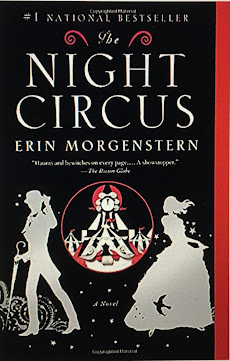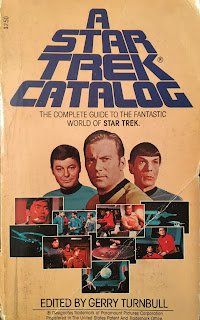A Musical and Spiritual Journey from Beginning to End
Here Comes the Sun: The Spiritual and Musical Journey of George Harrison by Joshua M. Greene
Review by Theresa Gauthier
Christmas and The Beatles. It’s a natural connection to me. Whether it was albums (and later CDs) under the tree, or listening to The Beatles Christmas messages we’d recorded from the radio when Helen Leicht’s Breakfast with The Beatles was still on Philadelphia radio—and later getting George Harrison’s Cloud Nine as a Christmas present—The Beatles were always part of my family’s celebration. Still are.
Here Comes the Sun: The Spiritual and Musical Journey of George Harrison by Joshua M. Greene is a book I’ve read a number of times. The first time was when it first was released back in 2006. I read it with a great deal of interest, and I’ve found I’ve loved it each I’ve revisited it.
The book covers George Harrison’s life but from the perspective of his ever-present religious convictions. George sang often about God and his own quest to be closer to Him and to meet Him once he left this world behind, and this book dives deep into where that quest took the youngest Beatle. It may seem odd to review a book about a religious journey that chooses Hare Krishna in a month that celebrates the birth of Christ, but I don't see it that way. Religion is a personal thing, and George Harrison was always focused on a relationship with God.
From his open-minded, encouraging parents, to the unique opportunities to meet people from divergent backgrounds and with unique perspectives on spirituality, George Harrison embraced this spiritual journey and followed it all his life.
These pages shine a light on George’s growth from guitar player to music icon and how his influence, like the material possessions most people envied, meant little to him except where they could do the most good. Ready to help at a moment’s notice if he saw a friend in need, George did far more than Ravi Shankar, his friend, teacher, and mentor asked of him. The Concert for Bangladesh became a reality out of George’s willingness to use his pull with musicians and the press, and, indeed, with the music industry, to help as many people as possible.
Later, his wish to point a spotlight on the idea of building a Hare Krishna temple in Paris had him attempt to call a press conference to discuss such a thing, but was derailed when reporters found it necessary to ask Beatle questions rather than to listen to what George had to say.
George’s search took him to India many times, and it was his hope to share the spiritual kinship he found there with his Western Best Friends—The Beatles—that saw The World’s Most Famous Band traveling to India to study under the Maharishi. This in turn led to them writing many if their most famous later recordings. (But I digress!)
George’s search for God was an on-going focus in his life, and, it was his inspiration and generosity that gave London’s Radha Krishna Temple a home. It also propelled many other people to embrace just such a journey. For insights into Hare Krishna and into George Harrison’s evolution from his birth in Liverpool to his death in Los Angeles, this is a good place to begin.







Comments
Post a Comment